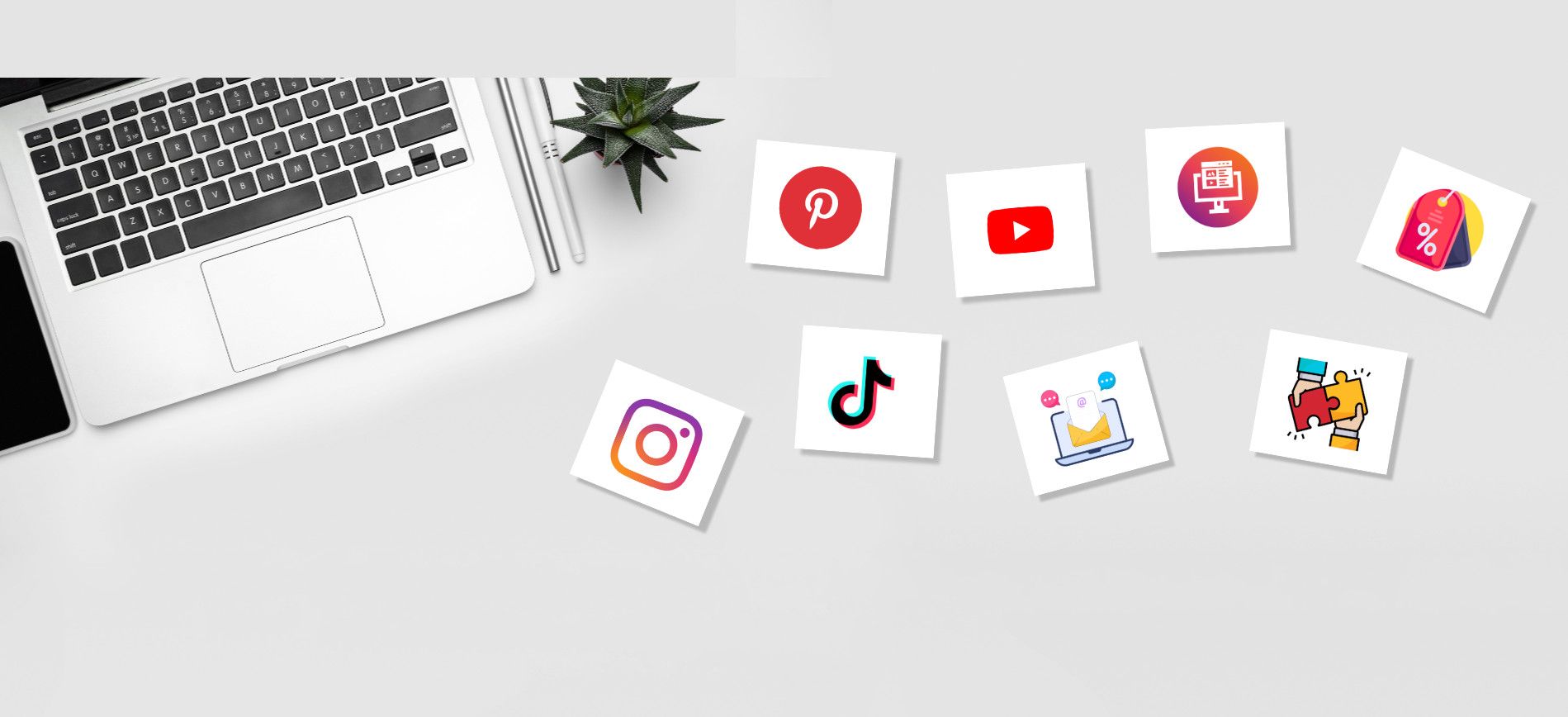How event data and analytics can improve your business strategy
July 11, 2023
Today’s businesses are hungry for data. They want to make sure that every piece of information they have has the greatest value and impact on the organization. The only way to meet this demand is with data reports and analytics. Events are one of the most common ways companies use data and analytics, but it often goes unacknowledged. If you’re not using data or analytics in your events department, you’re missing out on opportunities to improve your company’s experiences by understanding how other organizations do it.
The good news is that there are many ways to incorporate data and analytics into your events department. In this blog post, we’ll explain the top three ways companies use data and analytics to improve their events.
Events management has been a challenge for companies for as long as events have been vital to the success of organizations. Whether you are running a conference or planning an event, challenges abound beyond having enough tables and chairs to seat everyone. The increased use of data and analytics in many sectors has made it easier than ever before for companies to improve their operations through data-driven decisions. Events are no exception—they can benefit greatly from the insights that data and analytics provide. In this article, we will go over three ways that companies use data and analytics when operational improvements are needed. And finally, we will also explain three cases in which data and analytics can be put to good use
Improve your event strategy with data and analytics
1. Data-Driven Event Planning
While many events require little more than a few tables and chairs, some events require a great deal more planning. For example, upcoming online conferences and trade shows often require extensive planning in order to determine the platform, number of speakers, number of booths and other details.
Similar planning goes into conferences held during the busy holiday season, the summer months, and other seasons where the number of potential attendees' changes based on certain factors. Improving the planning process can increase the efficiency of event operations by minimizing wasted time.
A data-driven event planning strategy includes two main components:
A. Data-driven decision-making
With planning done, the next step is to implement a data-driven decision-making process. Decision-making is a critical part of any event operation. It includes things like setting priorities and making decisions about when to prioritize them. It also includes deciding whether a task is critical or not critical and whether it is more important than other tasks. Using data can make these decision-making processes much more efficient.
B. Artificial intelligence
The second component of data-driven event planning is artificial intelligence. This can help integrate data from different sources, generate reports and graphs, and act as the glue that ties the decision-making process together. By using AI in this way, companies can take full advantage of their data to improve the event planning process and make better decisions. Additionally, AI can help event planners predict trends and size crowds based on prior data. These are just a few examples of how companies can use AI in their event planning processes.
2. Data-driven communications
Companies often rely heavily on marketing communications to help strengthen relationships with existing customers, attract new customers, and build brand awareness. However, these communications sometimes fall short of expectations. A well-planned communications strategy can help companies avoid this situation. Using data and analytics in communications can be an important component of this strategy.
Moreover, data can help companies analyze their communications, identify what works, and what doesn’t. This data can reveal information about how customers respond to communications as well as details about how customers interact with your brand, such as frequency of use. Using this data, companies can make adjustments to their communications, improving their effectiveness.
Likewise, AI can also help with communications strategy by helping companies identify trends that can be applied across communications. For example, AI can help companies identify the best time of day to send communications and identify what communications are most likely to be relevant to customers. With these insights, communications can be tailored to specific needs and preferences of customers and be more effective as a result.
3. Predictive event management
Many events and conferences have additional needs beyond those required to host the event. For example, after the event has taken place, planning for the next event can be necessary. In this case, the management of these events is called event management.
One of the most important aspects of event management is making sure everything runs smoothly. In many cases, this involves predicting and preventing problems before they happen. Predictive event management can help with this. Predictive event management involves using data and analytics to predict the potential issues that might arise during an event.
Improve your event attendance with data and analytics
It’s becoming clear that the future of events is data-driven. Organized activities and group activities are a great way for businesses to connect with their customers, stakeholders, and community. And as such, they are a perfect fit for the digital era. To get the most out of your events, you should start analyzing them with the help of data and analytics. These three examples will show you how data and analytics can improve your events.
1. Track purchasing habits
Virtual shopping events have become increasingly popular. By using data and analytics, companies can track which products are being viewed the most and make sure that they are prominently featured. They can also see which products are being added to carts and check-out pages, and make sure that these items are well-stocked.
2. Track live stream attendance and participation
Live streaming has also become a popular way to reach potential customers. Companies can use data and analytics to track who is watching their live streams, what time of day they are tuning in, and what kinds of content they are most interested in. This information can help companies tailor their live streams to better meet the needs and interests of their audience.
3. Track video calls
Video calls have become a popular way for companies to connect with potential customers. Data and analytics can be used to track how long people are spending on calls, what topics they are discussing, and whether or not they are making purchases. This information can help companies improve the quality of their video calls and ensure that they are providing a valuable service to their customers.
Events are an important part of many companies’ operations, providing a chance to build relationships with new customers and demonstrate their expertise in a particular field. While events are common, they are also challenging, and you’ll be glad to know that they don’t have to be.
In the current business climate, many companies are looking for ways to improve their events in order to attract new customers or maintain old ones. One way they are doing this is by using data and analytics. Using data and analytics in event planning, decision-making, and communications can help companies succeed in their events. The best approach will vary based on the company and event, but data and analytics can help to identify areas where improvements are needed.




Copyright 2024 iFactum®. All rights reserved
Highweb & Page Group Inc.
2386 Wasaga Drive, Oakville, Ontario L6H 0B7, Canada
www.marquet.cloud

